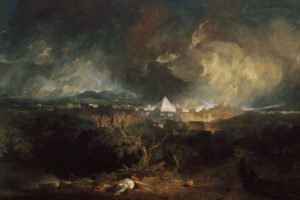Revealing the hidden wisdom in the Book of Esther. Along the way, we explore the Seven Prophetess of Israel, the Ten Sefirot, the mysterious “Erev Rav”, and Esther’s incredible prophecy of the Nuremberg Trials. Plus: why is the number three so important in Judaism, and what is the deeper meaning behind the triangle and the Star of David?
For the previous class on ‘King Solomon’s Kabbalah’, see here.
For more ‘Secrets of Purim’, see here.

